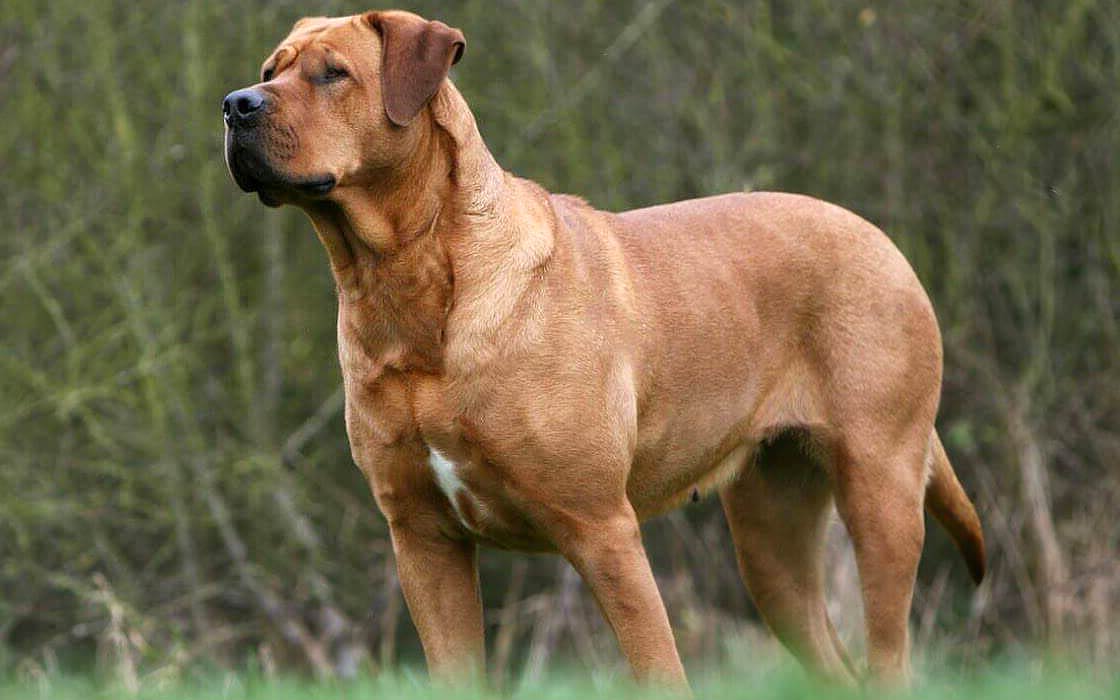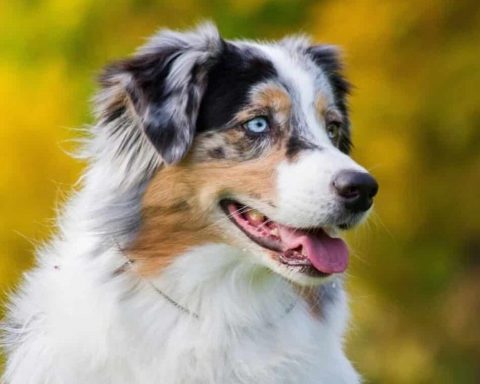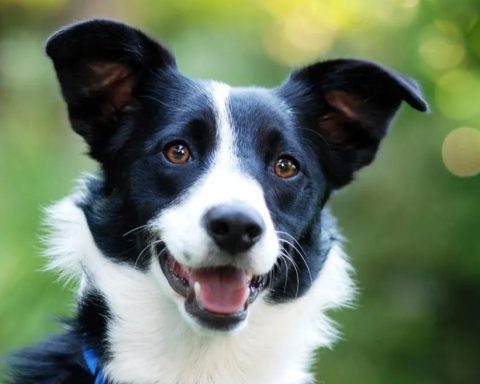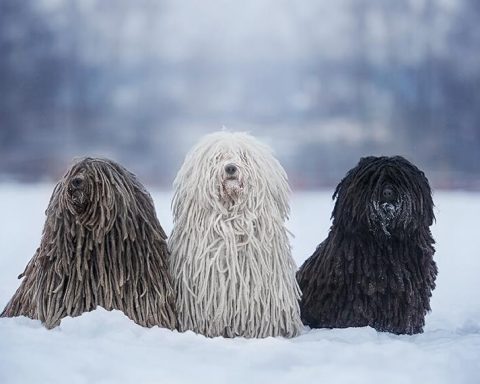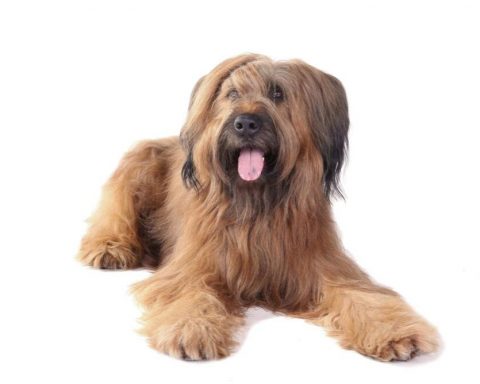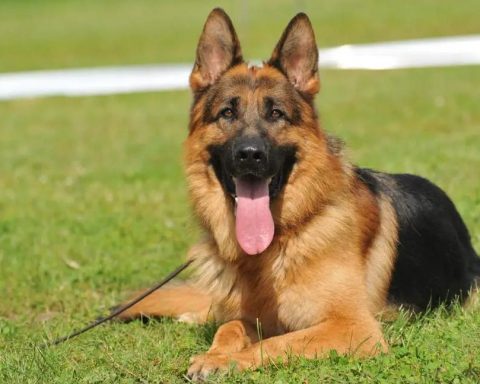Size Classification: Large
History
Native to Japan, originating in the 19th century.
The Japanese Fighting Dog, first found in the Tosa region of Japan, is a medium-sized breed of dog capable of hunting wild boar.
Japanese breeders began to systematically optimize the breed by mixing it with Western dogs, and according to the Japan Kennel Club, it began to be crossed with the German Pointer, the English Bull Terrier, the Mastiff, the Great Dane, and the French Mastiff, respectively, in 1854, which made it much bigger than the medium-sized Japanese Tosa, and more fierce, robust, and agile.
By the end of 1913 the breed had reached a high level. It was called TosaInu, TosaToken, TosaKen and other names. During World War II the Japanese government banned the breeding of dogs due to food shortages, and the Tosa was nearly extinct, with only 10 said to remain at the time.
It was only after the end of the war that breed breeding was restarted. The breeding process did not end until 1960.
The Tosa is a large, agile, non-barking, fearless and very intelligent dog.
The breed was bred to produce fighting dogs that would be unbeatable in dogfighting.
The breeding of these potentially aggressive dogs is banned in the United Kingdom.
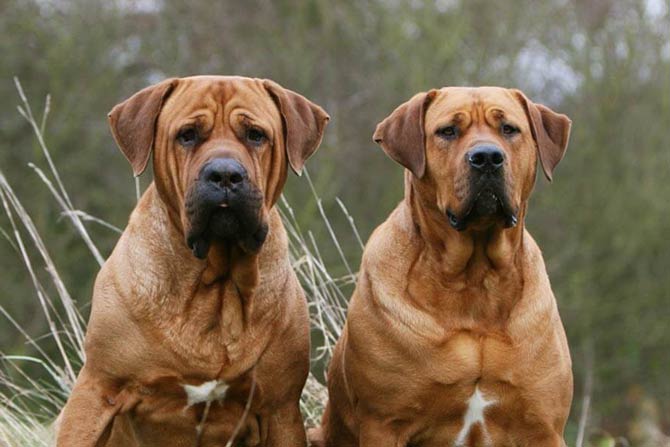
Appearance
Stout, muscular and energetic body. Strongly boned, robust and powerful.
Head is large with a flat top. The muzzle end is square shaped. The mouth is wide and the jaws are muscular and very powerful.
Teeth are sharp. The roots of the ears are positioned backward, and the ears hang down.
The neck is thick, with loose skin and drooping flesh especially in the throat.
The back is flat and straight. The forelimbs are straight and the hind limbs are broad and strong.
The root of the tail is high, and the tail usually hangs down.
Toes of the feet are thick. The fur is short, stiff and very dense.
Fur color varies from reddish-brown, white, and reddish-white. Pure reddish-brown is considered the best.
